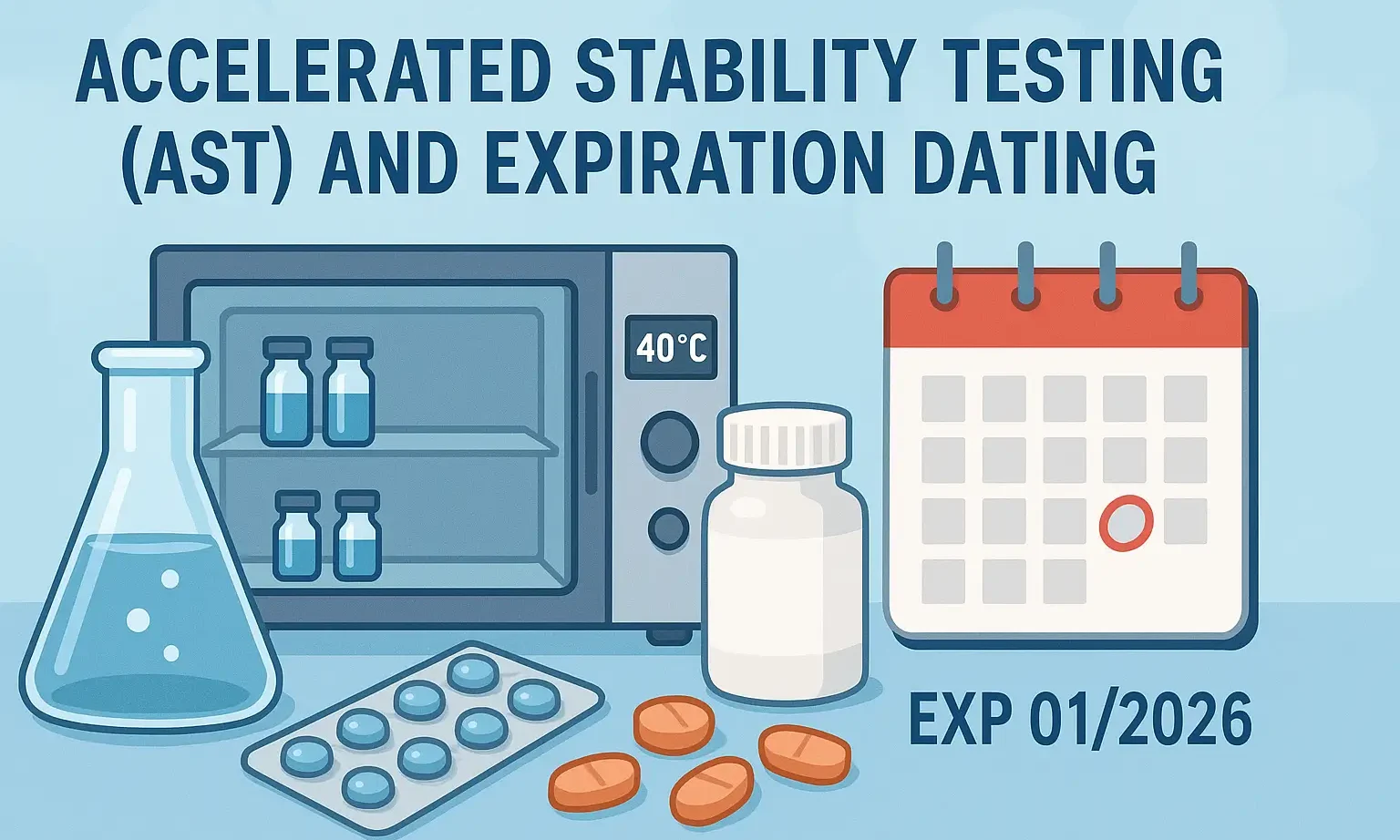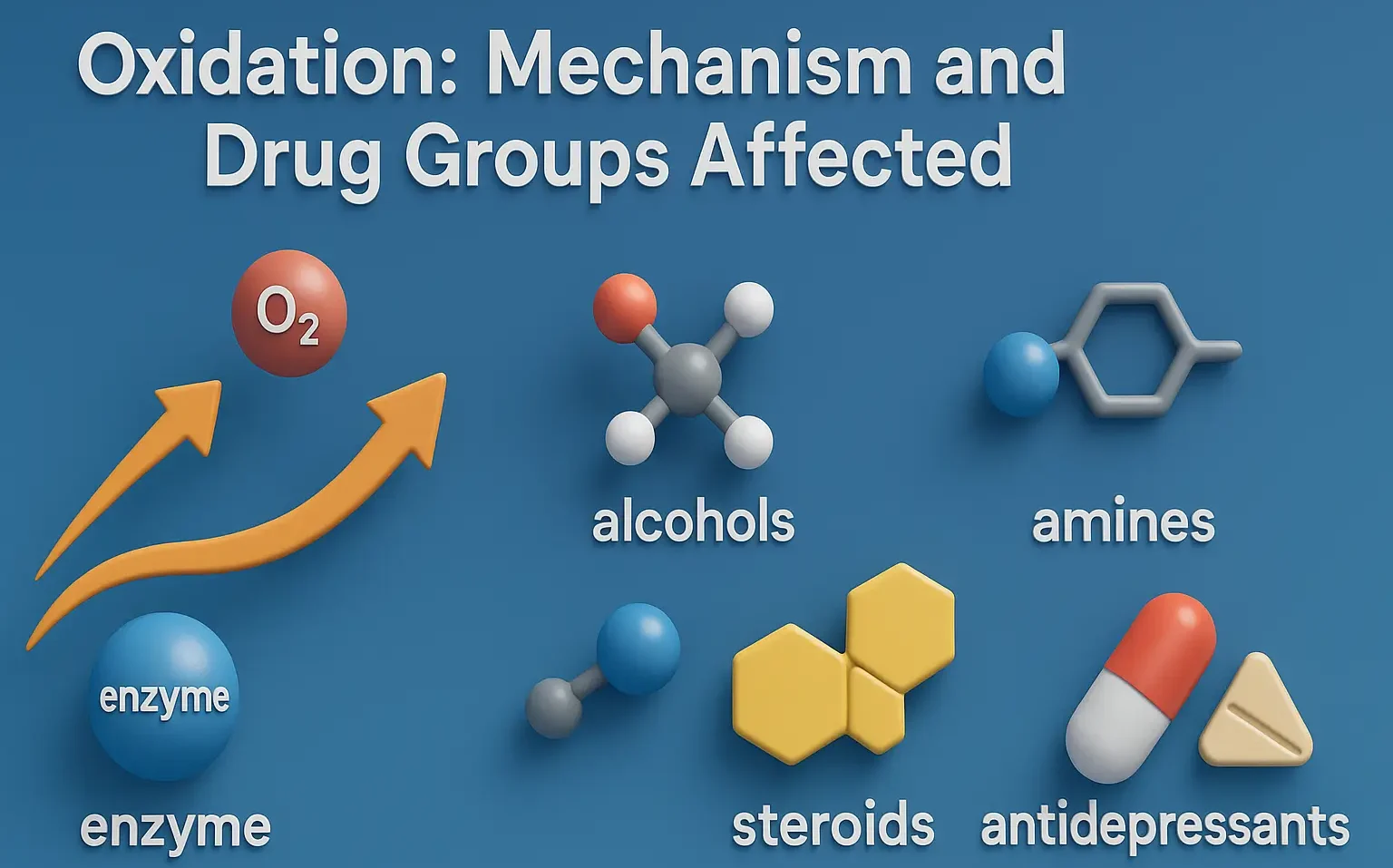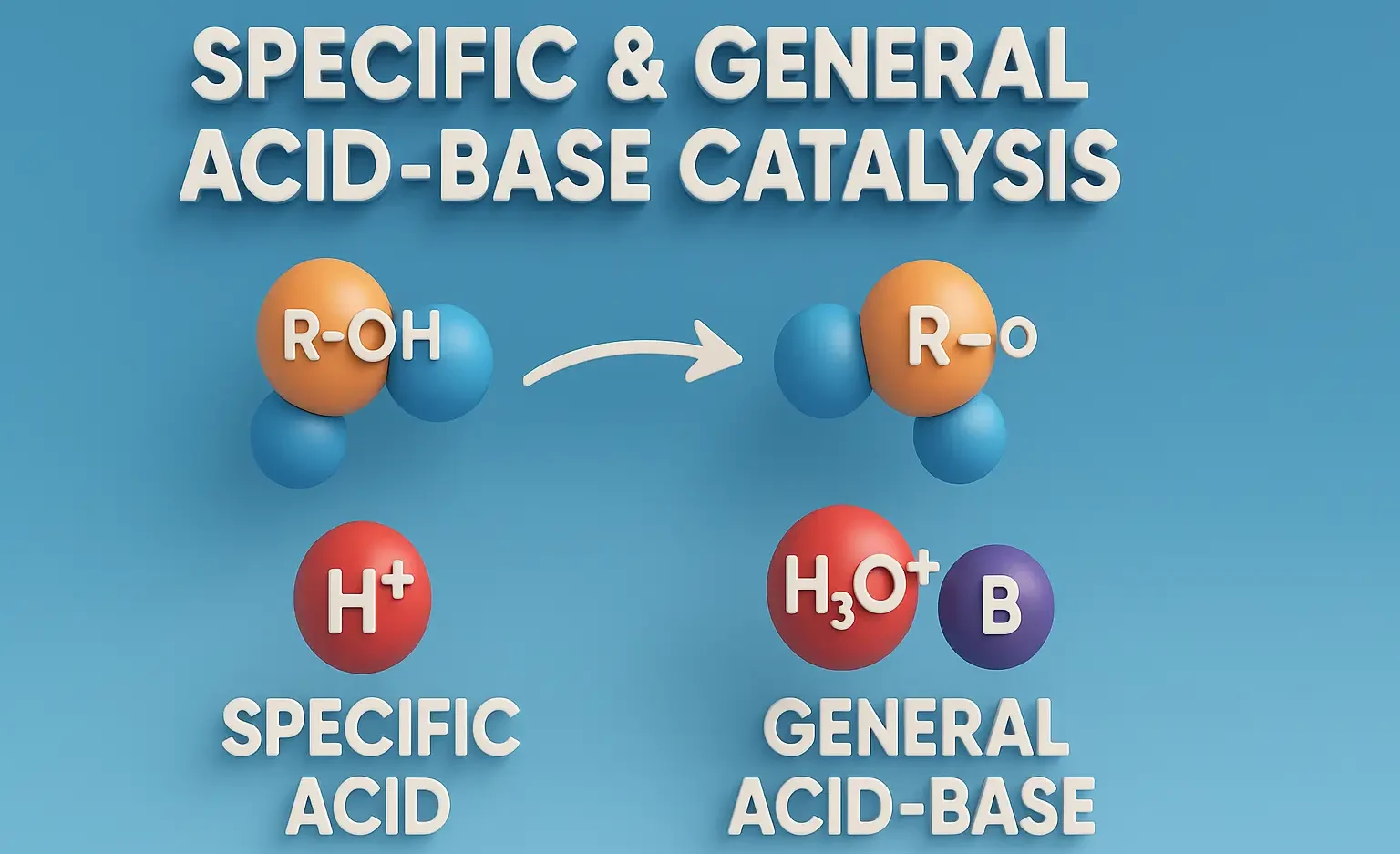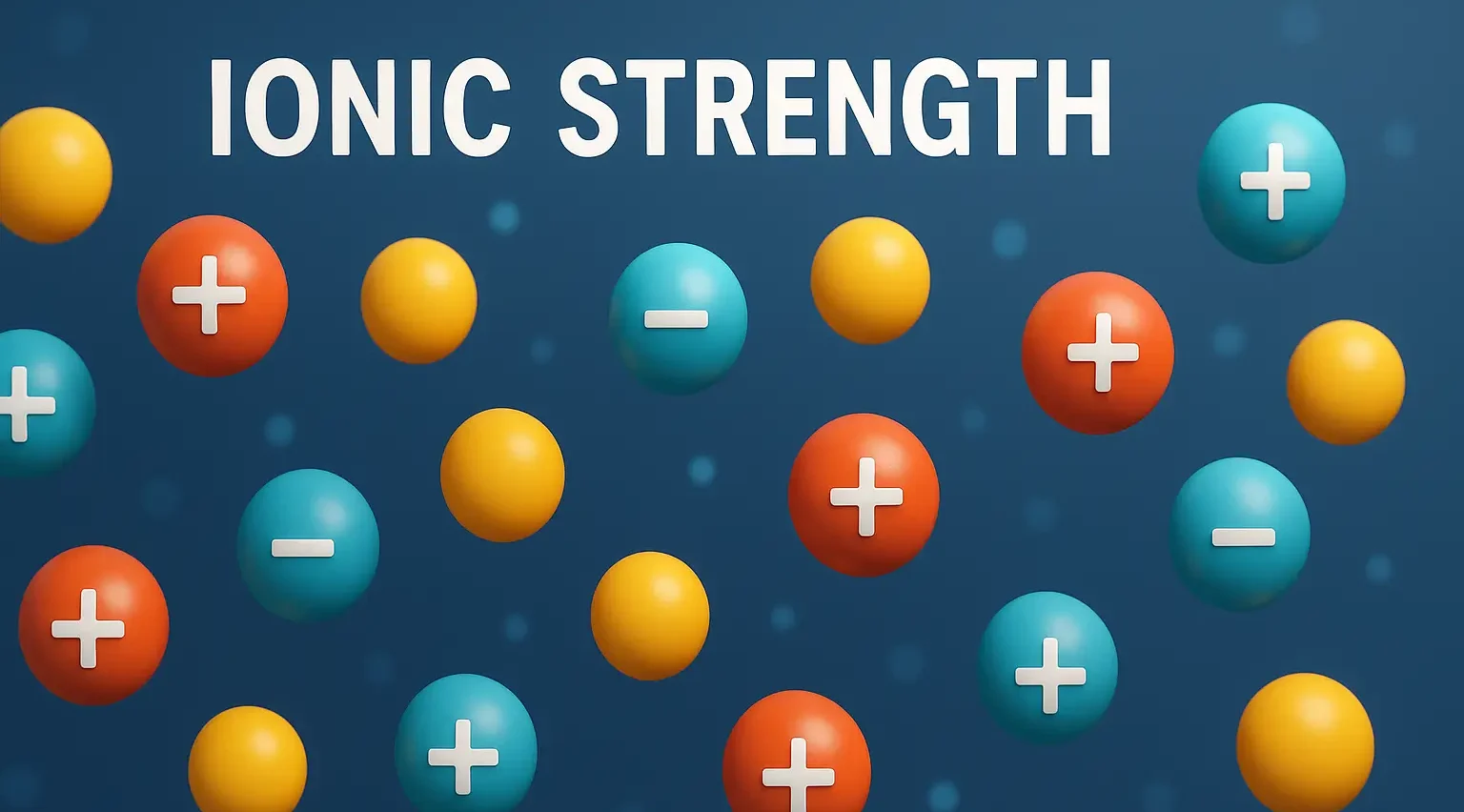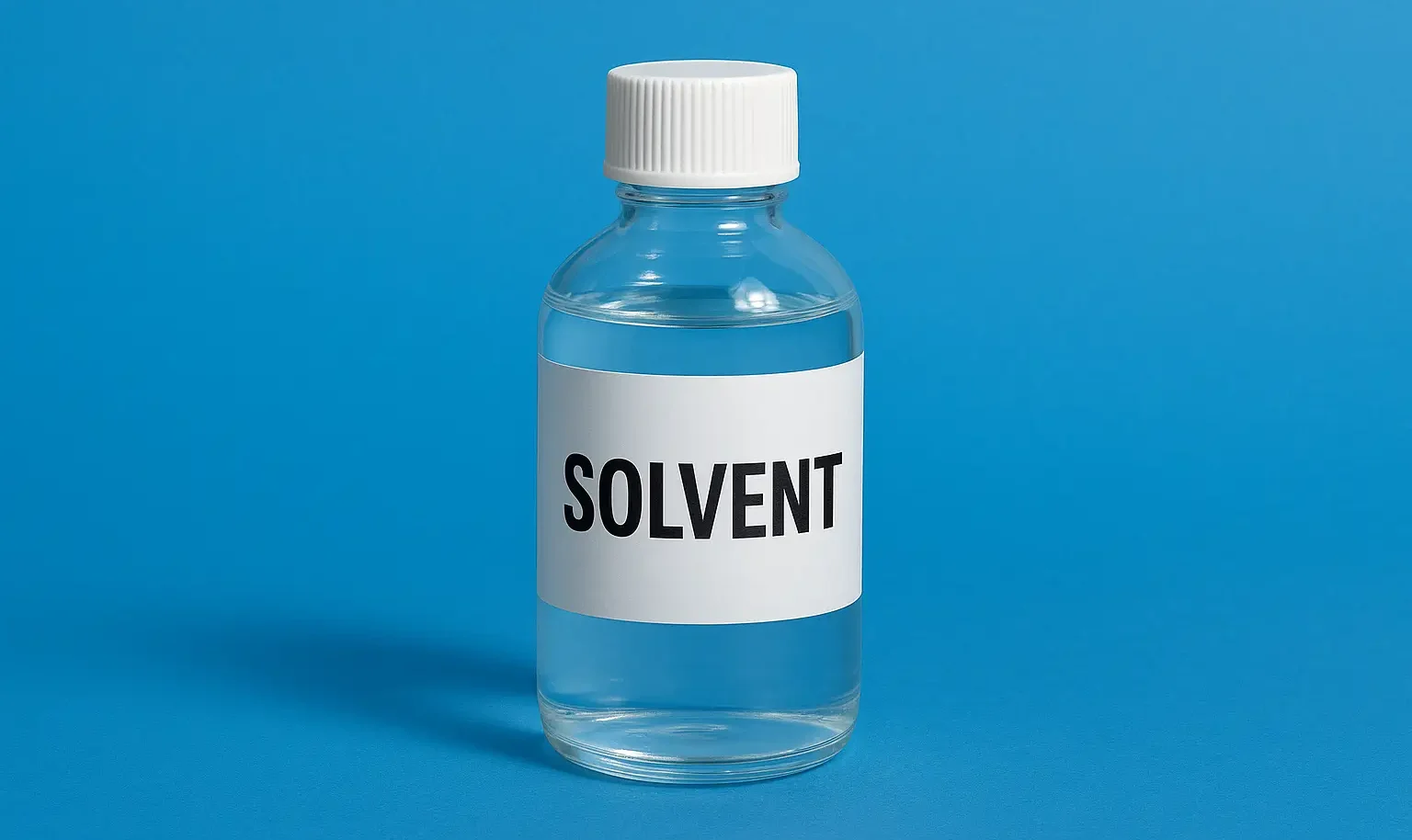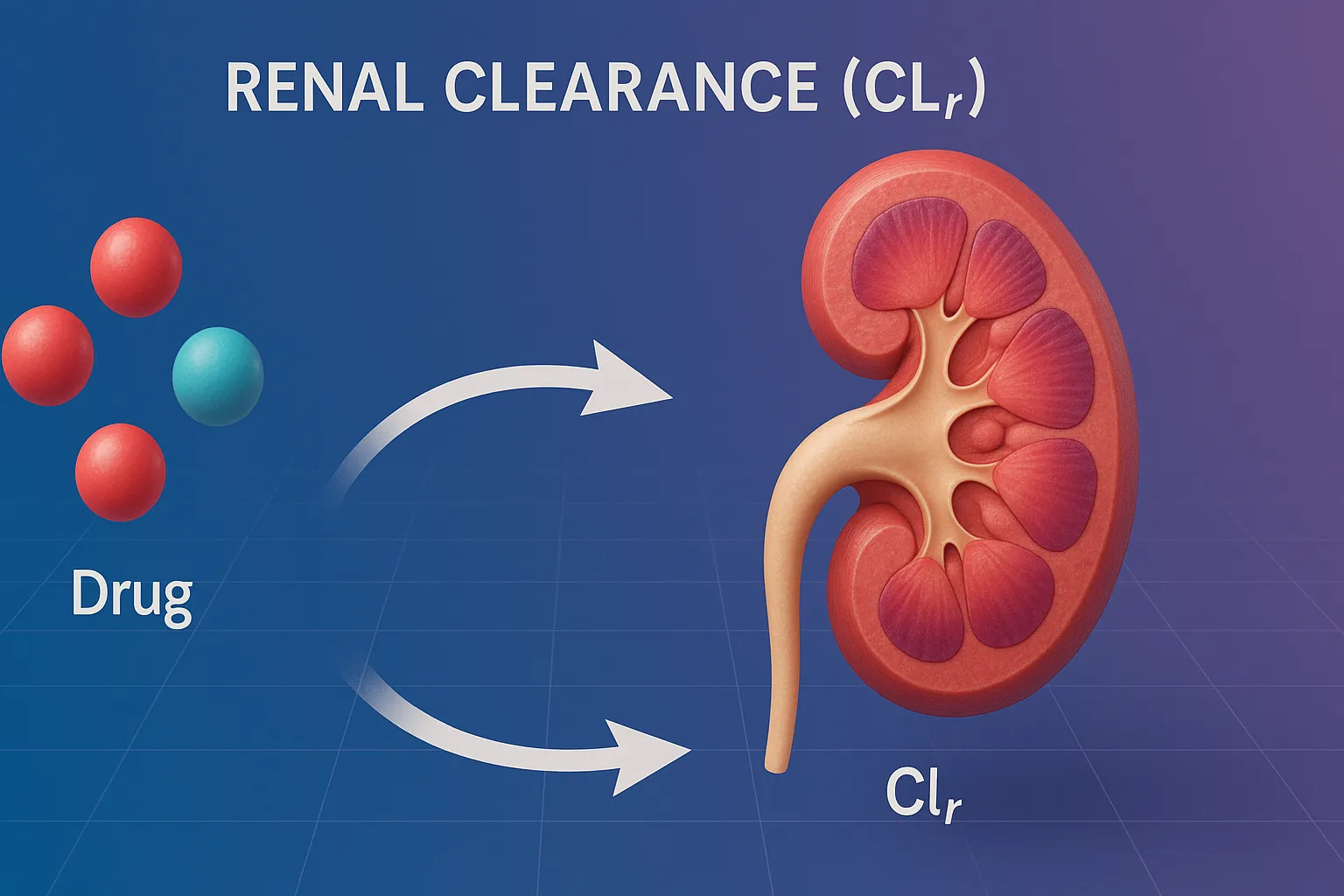Accelerated Stability Testing (AST) and Expiration Dating
Purpose: Accelerated Stability Testing (AST) and Expiration Datingis used to predict the shelf life (expiration date) of a pharmaceutical product by subjecting it to elevated stress conditions (temperature, humidity, light) to speed up degradation reactions. Why It’s Important: Ensures drug efficacy, safety, and quality over time. Helps set expiration dates and storage recommendations. Aids in … Read more

